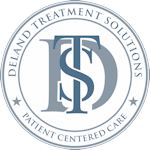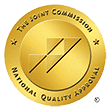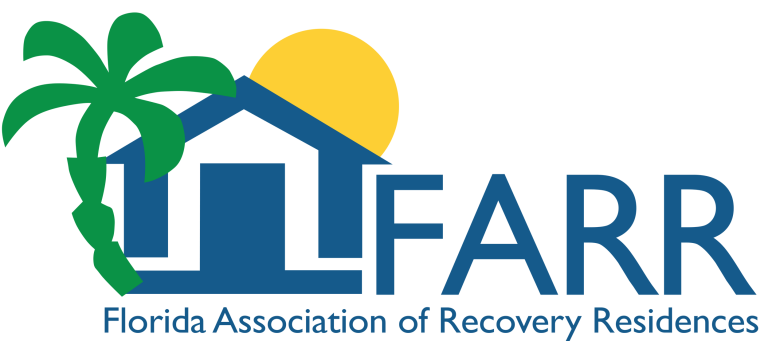‘The Galaxy Gas’ is a concerning new trend that has been on the rise among young people in recent years. This is a trend of inhalants used for recreational purposes because they are easy to get to and you get a pretty quick high. Though it may seem harmless to some, or fun, Galaxy Gas is anything but safe. The truth is, that inhaling galaxy gas can do some serious damage to your health and can easily lead to addiction. In this blog, we will explain why the Galaxy Gas trend is bad for youth, what makes it interesting for them, and what you can do about it.
What is the Galaxy Gas Trend?
Galaxy Gas is the slang for nitrous oxide or some other volatile substance that is often inhaled to get a quick, euphoric high. Nitrous oxide, though, is a more common substance, often in household products like whipped cream canisters or small cartridges, which teens often underestimate as dangerous. Misusing the gas involves filling balloons or other containers and inhaling the gas to create a short-lived feeling of euphoria and dizziness, and the effect is known as “laughing gas” in medical settings.
Galaxy Gas sounds innocent and hip, but it’s a dangerous product. Nitrous oxide affects the brain by temporarily completely cutting off its oxygen supply, leaving the user feeling light and intoxicated briefly. Although easily accessible, nitrous oxide can be extremely dangerous when abused, with immediate and long-term risks to young people’s health and mental well-being and ultimately their quality of life.
Why is Galaxy Gas Dangerous?
While Galaxy Gas might look like something that isn’t dangerous, compared to other things, it ends up being quite dangerous, and youth usually make the other of that.
1. Short-Term Health Risks
- Lack of Oxygen (Hypoxia): Inhaled nitrous oxide decreases the oxygen supply to the brain, causing severe dizziness, confusion, and fainting.
- Physical Injuries: Nitrous oxide’s effects can cause disorientation and make you more likely to injure yourself accidentally.
- Heart and Respiratory Issues: Galaxy Gas inhalation can disrupt heart and breathing rates, which can be deadly for those with pre-existing conditions.
2. Long-Term Health Consequences
- Brain Damage: Inhalant use can cause permanent brain damage and affects memory, motor, and cognitive abilities if the use is long-term or frequent.
- Nerve Damage: Exposure to nitrous oxide over a long time damages the nervous system, and can cause a condition called ‘peripheral neuropathy,’ which causes tingling, weakness, and pain in the fingers and toes — sometimes with numbness in the hands and feet.
- Addiction Potential: While nitrous oxide may not result in physical addiction as some drugs do so, repeated use may create a psychological dependency, leading people to constantly look for the quick high it initially induces.
3. Mental Health Risks
- Increased Anxiety and Depression: Anxiety, depression, and even paranoia can all be worsened by substance abuse or triggered by it in teens.
- Memory and Learning Impairments: By using it regularly, it can interfere with memory retention and learning which are very important in young people’s formative years.
Support is available—you've taken the first step by starting your research.
Lorem ipsum dolor sit amet, consectetur adipiscing elit. Ut elit tellus, luctus nec ullamcorper mattis, pulvinar dapibus leo.
You can also start by checking your insurance coverage online.
Why Youth Are Attracted to Galaxy Gas
However, there are a number of factors that make Galaxy Gas seem deceptively appealing to the youth, and that’s why it is popular among the youth.
- Peer Influence and Social Media
The social media platforms that Galaxy Gas trends are amplified on are extremely important because young people will post videos of themselves inhaling something in an attempt to get attention or popularity. This fictionalization and glamorization of inhalant use can make it looked upon as being acceptable or hip.
- Curiosity and Thrill-Seeking
It is an exploration of the risk-taking period. Experimentation with Galaxy Gas among young people is a way to experiment with new sensations and new experiences. Its immediate, and brief, high offers an instant thrill for young people.
- Misconception of Safety
Since many youth believe that Galaxy Gas is in everyday items like whipped cream can, they may consume it without realizing it’s not safe. The household nature of nitrous oxide makes it unlike illegal drugs—it can contribute to the misbelief that the gas is harmless, which also makes it appealing.
Get Help with DeLand Treatment Solutions
If you know a young person who might be experimenting with inhalants, there’s support out there. Our addiction treatment services are designed to help people break the chain of substance use and get their lives back on track to healthier ones. Our programs offer appropriate, compassionate support and evidence-based therapies to tackle the root causes of addiction, arming young people with the resources to successfully achieve long-term recovery.
Contact Solutions Healthcare
Battling with Drug and Alcohol Addition? Remember, you are not alone and we are here to help you!
How to Recognize Signs of Inhalant Abuse in Youth
Knowing the signs early on, and acting on them, can make a big difference in pulling yourself or your loved ones out of addiction. Below are some of the signs to look for:

- Behavioral Signs
- Personality Changes: mood swings, irritability, or withdrawal from family and friends.
- Decline in Academic or Extracurricular Performance: Young people who use substances may have trouble concentrating and, therefore, struggle at school or neglect duties.
- Secretive Actions: Youth who use inhalants may act secretive about their activities regardless of what is involved (where they go or what they do).
- Physical Signs
- Frequent Lightheadedness or Dizziness: Nitrous oxide is a substance that can lead youth to feel disoriented and dizzy even when not using it because there is potentially excessive use.
- Reddened Nose or Rash Around the Mouth: Repeated use of inhalants may also irritate the nose and mouth.
- Frequent Nausea or Loss of Appetite: The physical effects of inhalant use are often nausea or appetite changes.
How Addiction Treatment Can Help Youth Overcome Inhalant Abuse
Youth can effectively overcome inhalant abuse with the help of addiction treatment programs. It requires coordinated medical support and therapeutic and lifestyle modifications. Specialized programs for inhalant abuse and other substance abuse offered at professional addiction treatment centers can make all the difference in breaking the cycle of addiction.
- Individual and Group Therapy – Individual counseling is typically offered by treatment centers to address the individual challenges each faces, and group therapy is offered to gain access to a support network of peers.
- Behavioral Therapy – Highly effective, evidence-based therapies, called Cognitive Behavioral Therapy (CBT), assist youth in recognizing and changing patterns of thinking, that contribute to substance use. Learn coping skills to live with cravings and healthily utilize triggers.
- Family Support – Having family involved in the recovery process increases the chances that young people have a solid support system. Family counseling restores relationships and provides parents with the skills needed for the journey of recovery for their child.
We could even argue, that the Galaxy Gas trend is just a momentary fad, but its dangers are real and potentially devastating for young people. Experimenting with whatever feels right can send you down a dangerous cycle of dependency, serious health complications, and mental health problems. With knowledge of the risks and the evidence of the signs, parents and loved ones can intervene to help prevent their children from continuing to use inhalants, or find help before the problem gets worse.

If you’re worried that a young person you know might be trying Galaxy Gas or other substances, a professional addiction treatment program center like DeLand Treatment Solutions can help. It’s early intervention and full support can turn around their lives and allow them to free themselves of substances and build healthy lives.





























